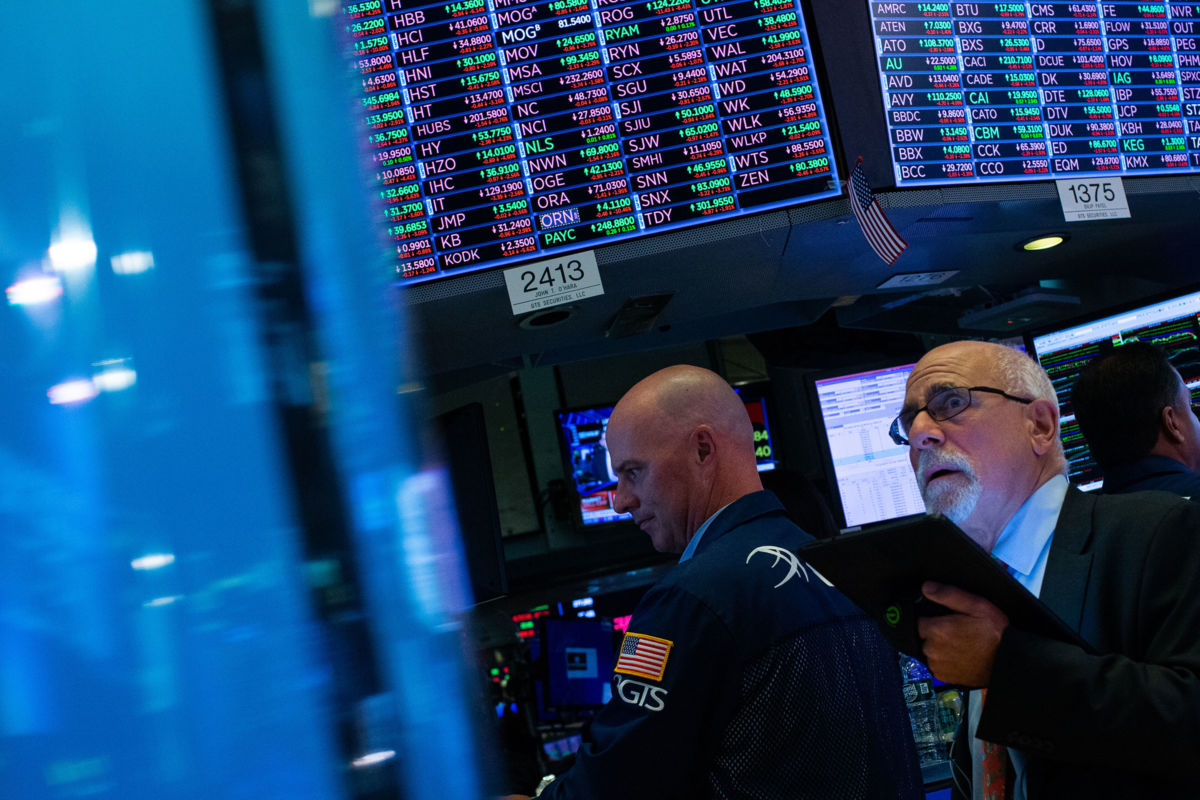These days, the business press is full of predictions of recessions. This could get people worried, except that the track record of economists in predicting recessions is basically awful. As much fun as a bunch of scary warnings from economists is, it is probably best to focus on the data.
One very simple point in assessing the risk of a recession is that not all sectors of the economy are equally vulnerable to a downturn. Some sectors, like housing construction and car buying, are hugely cyclical. In good times, people are willing to buy a new home and commit to a big mortgage. The same applies to car buying and auto loans. In bad times, people put off these big purchases.
That point is evident in how recessions are measured: from peak to trough. In the last recession, residential construction fell by almost 60 percent from its peak in the third quarter of 2005, to the trough in the second quarter of 2009. This drop was extreme because of the huge housing bubble, but if we take a more typical recession — say the 1990 to 1991 recession — the fall from peak to trough in housing construction was still almost 25 percent.
In the case of car sales, we went from a peak of more than 17 million in 2006, to a trough of less than 10 million in 2009. In the 1990-1991 recession, the drop was from more than 15 million to less than 12 million — a decline of more than 20 percent.
Other sectors are far less cyclical. For example, consumer services, which are largely medical spending and rent, tend not to respond much to business cycles. Spending on consumer services fell just 0.3 percent in 2009 and actually rose through all prior post-war recessions.
There is a similar story with the portion of investment devoted to intellectual products, like software and pharmaceutical research. This component of GDP fell by just 0.5 percent in 2009. By contrast, investment in nonresidential structures was down 18.7 percent, and equipment investment fell 21.2 percent in the same year.
That one simple point, about the unequal vulnerability of sectors, matters when assessing the risk of recession in the current economy, because the sectors that are highly cyclical are much smaller than in the past. This is clearest with housing construction. While it peaked at 6.7 percent of GDP in 2005, it was just 3.7 percent of GDP in the most recent quarter.
Durable goods consumption, which is largely cars, was over 9.0 percent of GDP just before the 1990-91 recession. It was just 7.1 percent of GDP in the most recent data. Furthermore, close to half of this spending is now going to imported items, which means the impact of a falloff in demand on the U.S. economy is even less than the 7.1 percent figure indicates.
Over the last four decades, we have seen a large shift in the economy from areas that are highly sensitive to the business cycle, to areas that are not. For this reason, it seems unlikely that we will see a sharp enough fall in demand in the highly cyclical sectors to lead to a recession. To take the case of housing, even a drop in demand of 25 percent, which would be very large, only produces a hit equal to 0.9 percent of GDP.
To be clear, this hardly means that the economy faces smooth sailing. There are a wide variety of indicators showing the economy is slowing. The 3.0 percent growth promised by Trump following his tax cut is looking like a bad joke.
We did not reach this rate even in the first year of the tax cut, and now that the immediate effect has worn off, we will be lucky to hit 2.0 percent growth. Trump’s reality TV show trade war is also clearly slowing growth, as companies put off investment amid the uncertainty of tariffs and retaliation. This is most visible in the data with equipment investment, which fell in the second quarter and manufacturing output, which is down 0.4 percent over the last year.
These growth numbers are not just abstractions. Weaker growth will translate into fewer jobs and quite possibly higher unemployment. Also, as the labor market weakens, workers will be less able to secure wage gains. There already is evidence that the pace of wage growth is slowing.
So we likely have some bad economic news to look forward to over the next year and a half, but probably not a recession. The sectors of the economy that have led recessions in the past are just not large enough to do so now.
When many economists start saying that the economy is about to enter a recession, you should just assume that a lot of economists want to jump in with the pack to avoid looking foolish. Economists never get in trouble for being wrong as long as they have good company.
Join us in defending the truth before it’s too late
The future of independent journalism is uncertain, and the consequences of losing it are too grave to ignore. To ensure Truthout remains safe, strong, and free, we need to raise $41,000 in the next 5 days. Every dollar raised goes directly toward the costs of producing news you can trust.
Please give what you can — because by supporting us with a tax-deductible donation, you’re not just preserving a source of news, you’re helping to safeguard what’s left of our democracy.
